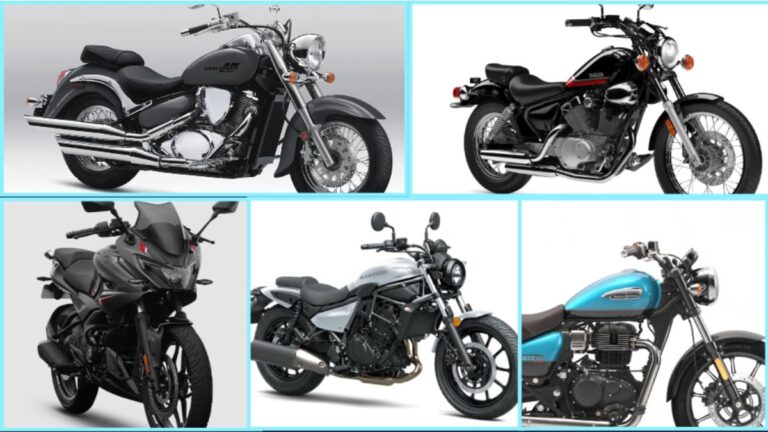Everything You Need to Know About Motorcycle Oil Change
Maintaining your motorcycle is crucial for keeping it running smoothly and safely. One important aspect of maintenance is changing the oil regularly. Just like how we need water to stay hydrated, motorcycles need oil to keep their engines running smoothly. Here’s a detailed guide on everything you need to know about motorcycle oil changes and all the precautions to be taken while changing the engine oil.
Why We Need to Change Motorcycle Oil Regularly?

Imagine your motorcycle’s engine as its heart. Oil is like the blood that keeps the heart running smoothly. Over time, oil breaks down and becomes less effective at lubricating the engine parts. This can lead to increased friction, heat, and wear on the engine, which can eventually cause damage. Changing the oil regularly ensures that your motorcycle’s engine stays healthy and performs at its best.
Factors to Consider for Motorcycle Oil Change

Type of Oil:
- There are different types of motorcycle oils available, such as conventional, synthetic, and semi-synthetic.
- The type of oil you choose depends on factors like your motorcycle’s age, performance, engine type, and manufacturer recommendations.
- Synthetic oils offer better performance and protection, especially in extreme conditions, but they are usually more expensive.
Viscosity:
- Viscosity refers to the oil’s resistance to flow. In other words, it is the state of being thick, sticky, and semifluid in consistency, due to internal friction.
- Motorcycle engines have specific viscosity requirements, usually indicated by numbers like 10W-40 or 20W-50.
- The first number (e.g., 10W) indicates the oil’s viscosity in cold temperatures, while the second number (e.g., 40 or 50) indicates viscosity at operating temperatures.
- It’s essential to use oil with the viscosity recommended by the manufacturer for your motorcycle to ensure proper lubrication.
Riding Conditions:
- If you ride your motorcycle in extreme conditions, such as hot weather, heavy traffic, or off-road terrain, you may need to change the oil more frequently.
- These conditions can put additional stress on the engine, causing oil to degrade faster. Hence it’s better to change the oil as per the riding conditions and usage.
Oil Filter Replacement:
- Along with changing the oil, it’s crucial to replace the oil filter.
- The oil filter removes contaminants and particles from the oil, preventing them from circulating through the engine.
- Neglecting to replace the oil filter can reduce the effectiveness of the new oil and potentially harm the engine.
Drain Interval:
- Typically, oil change intervals range from every 3,000 to 6,000 miles, but this can vary depending on factors like oil type, riding conditions, type of oil, and manufacturer recommendations.
- Some modern motorcycles have advanced oil monitoring systems that can determine when an oil change is needed based on engine conditions.
Oil Quality:
- You must use the recommended genuine oil from the reputed brand to ensure better engine health and performance.
- Avoid using low-quality oil that comes with adulteration or contamination.

Regular oil changes are essential for maintaining your motorcycle’s engine health and performance. By considering factors like oil type, viscosity, manufacturer recommendations, riding conditions, and oil filter replacement, you can ensure that your motorcycle runs smoothly for years to come. It is very important to follow the manufacturer’s recommendation and proper procedures for a safe and effective oil change. With proper maintenance, your motorcycle will continue to be a reliable companion on the road.







3 Comments